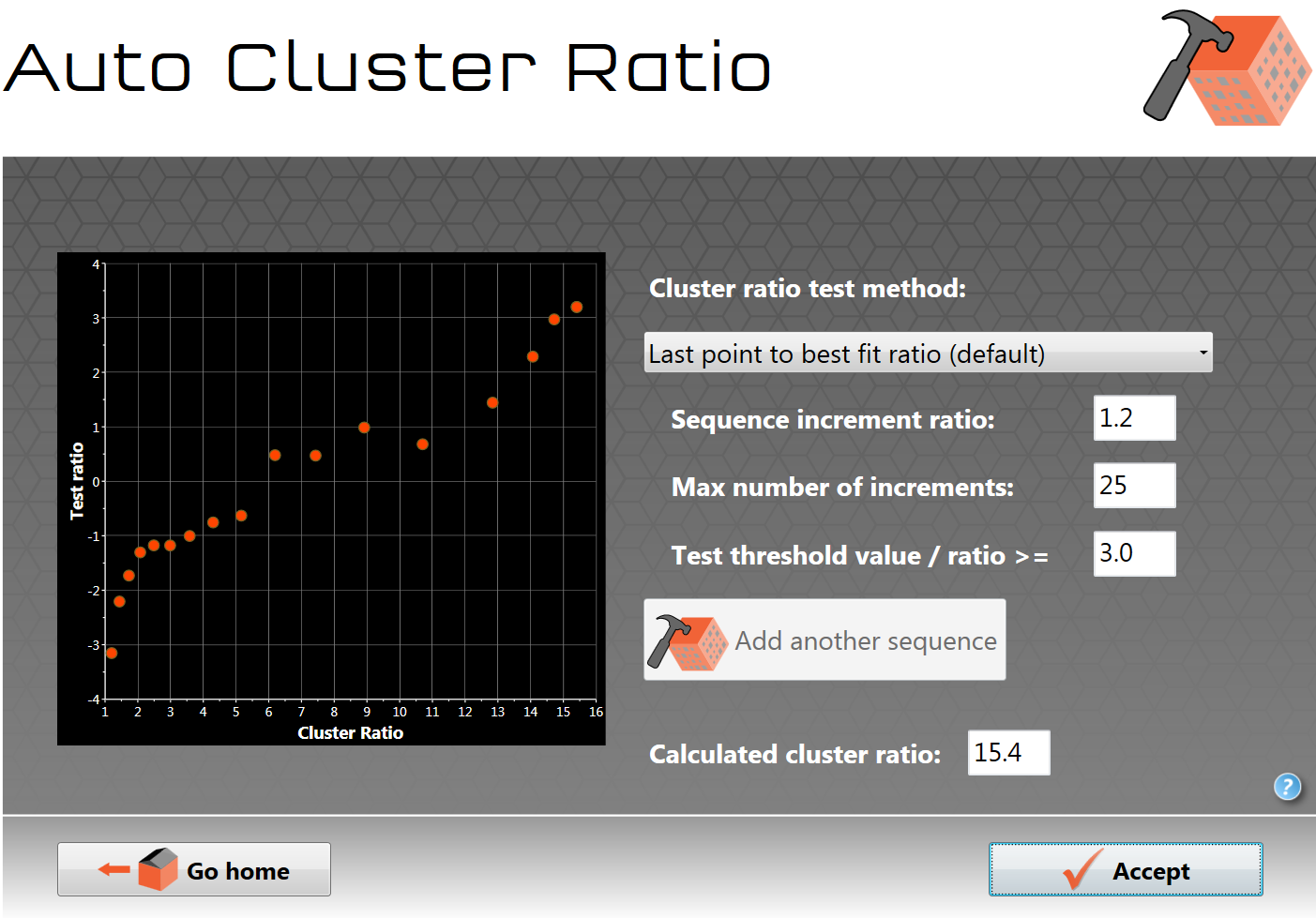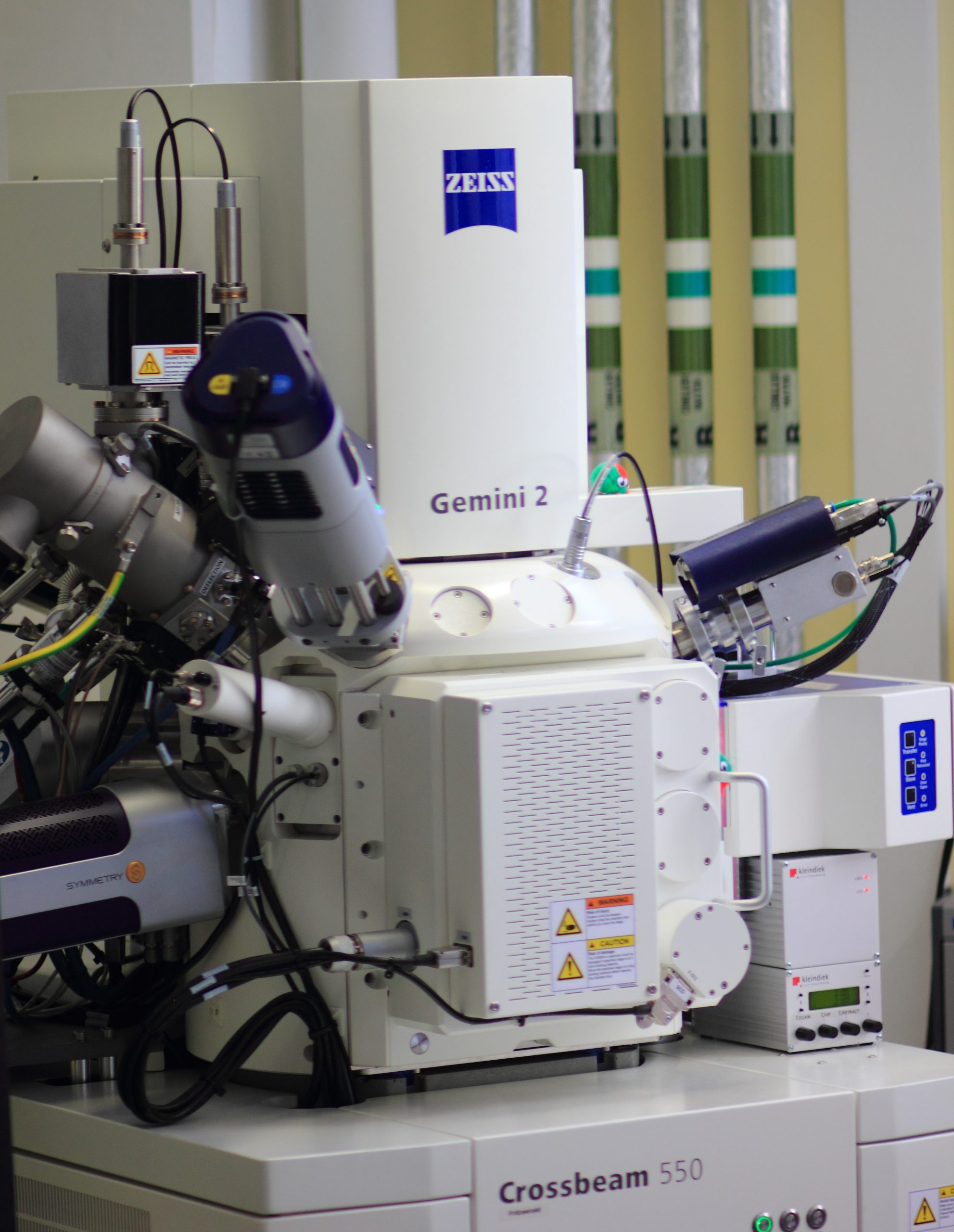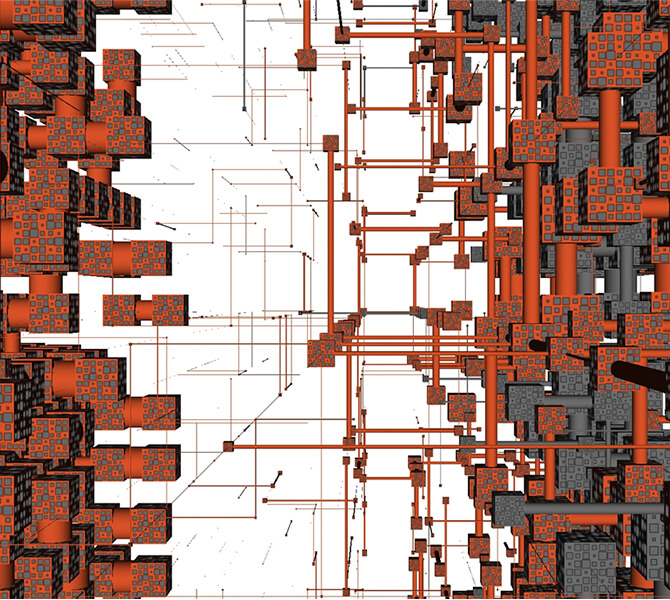Improved tortuosity simulation
26 March 2020
We have programmed an improved tortuosity simulation for PoreXpert version 2.
Automated cluster analysis succcess
4 March 2020
Success ! We have managed to find a stable mathematical way of identifying the ‘cluster ratio’ for a particular samples, by means of which those voids that are likely to be clusters of smaller voids can be identified. A new PoreXpert operation and user interface have been designed and implemented by our programmer.
PoreXpert cluster analysis
23 January 2020The patented, world leading PoreXpert cluster analysis is very powerful, but currently requires trial and error to find out how many voids are likely to be clusters. We are therefore busy automating it.
Consultancy project
10 December 2019
We are using the University of Plymouth’s world-leading Focussed Ion Beam Scanning Electron Microscope (FIB-SEM) as part of a major on-going consultancy project for a client.
Annual Symposium of the Society of Core Analysts – 2019
1 August 2019
We presented a poster (available from the downloads page) and summary oral presentation at the Annual Symposium of the Society of Core Analysts in Pau, France on 26-29th August 2019. The talk was entitled ‘Inverse modelling of nano- to macro-scale voidage within tight-oil shale’.
Cluster analysis publication
26 June 2019
Percolation measurements – mercury porosimetry, porometry and soil water retention – do not reveal the volumes of large voids surrounded by smaller connections. The new and exciting PoreXpert cluster analysis now identifies features which are likely to be clusters of smaller voids within larger void zones, and estimates the sizes of the smaller voids inside each cluster, see Transport in Porous Media September 2018.
